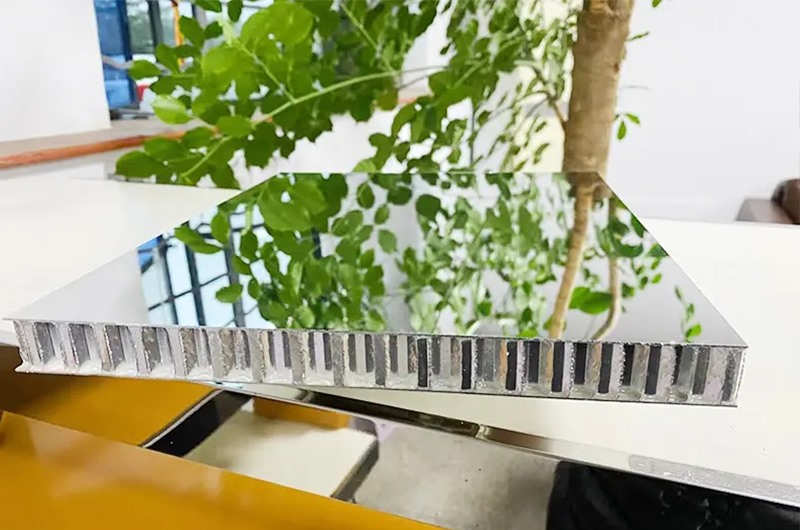PRODUCTS
Contact us
86 17344894490Mobile:86 17344894490
Email:info@signialuminium.com
Skype:signialuminio
Sales Office:A126 Building 4, No.89 Science Avenue,National HI-Tech Industry Development Zone,Zhengzhou,Henan,China
Factory Address:Industrial District, Xin'an, Luoyang city, Henan Province,China
Mirror aluminum sheet plate
Mirror aluminum sheet plate
Mirror aluminum can be obtained by electrolytic polishing, chemical polishing, mechanical polishing, rolling and calendering, etc., and the color of the product can be adjusted according to different needs, so that the appearance of the produced product is more colorful and beautiful. The mirror aluminum introduced in this article refers to the mirror effect on the surface of the strip by rolling and calendering. Such products are widely used in lamps, high-end interior architectural decoration, architectural appearance, interior and exterior decoration of automobiles, signs, nameplates and other fields [3], which are a branch and extension of high-surface aluminum strips. However, the mirror aluminum is prone to scratching defects in the production process, which seriously plagues the improvement of the quality of mirror products, resulting in a decline in yield and ultimately affecting economic benefits.

Scratching is a surface defect that is formed after the surface of the material is damaged after being rolled by a roller, although it has no hand feeling but affects the appearance of the material surface. In this paper, the morphology, generation mechanism and solution direction of scratching defects on the surface of mirror aluminum are studied through comparative experiments, and it is expected to find a breakthrough and a solution to the problem.
The test materials are 1070 and 1050 aluminum alloys, and the thicknesses of the hot-rolled coils are (7.0±0.3) mm and (3.0±0.05) mm.
1) Insufficient lubrication during hot rolling production can easily cause the surface to stick to aluminum. After repeated rolling, the defects are healed in the surface layer of the material, and the scratching defects appear after polishing.
2) Irregular hoisting and placement during coil transfer will cause damage to the surface of the coil, resulting in aluminum powder pressing into the surface during rolling, forming surface defects and healing, and surface defects appear after polishing.
3) During polishing and rolling, aluminum powder continuously enters the rolling oil. If the filtering quality is not good or the purging is not in place, the aluminum powder will be pressed into the plate surface to form fine scratches.
Therefore, it is necessary to control the hot-rolled emulsion management, coil transfer, and rolling oil to reduce the probability of scratches on the mirror aluminum surface.








